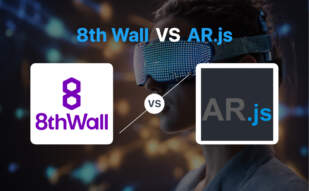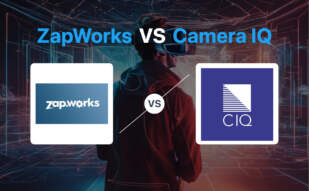Key Differences Between Camera IQ and 8th Wall
- Camera IQ provides ready-to-use AR experiences across diverse platforms including TikTok, Facebook, Instagram and Snapchat, whereas 8th Wall excels in creating WebAR experiences accessible on any smartphone without any application requirement.
- Camera IQ targets brand marketing in industries like music, media, and beauty with its intuitive Virtual Try-On Composer, while 8th Wall is developer-centric, requiring understanding of web technologies such as JavaScript and WebGL.
- 8th Wall excels in the field of webAR with its AR Engine and Cloud Editor which provides developers with a complete set of creation-to-distribution tools, whereas Camera IQ focuses on simplified AR creation with ready-to-use templates.
- The cost barrier to access 8th Wall’s commercial license is higher in comparison to Camera IQ’s investor-funded approach towards service and product expansions.
For brand marketers aiming at immersive marketing experiences across multiple platforms, the Camera IQ platform offers flexible AR creation tools. However, web developers seeking in-depth AR engagement via smartphones find a comprehensive toolkit in 8th Wall’s full-stack AR Engine and Cloud Editor.
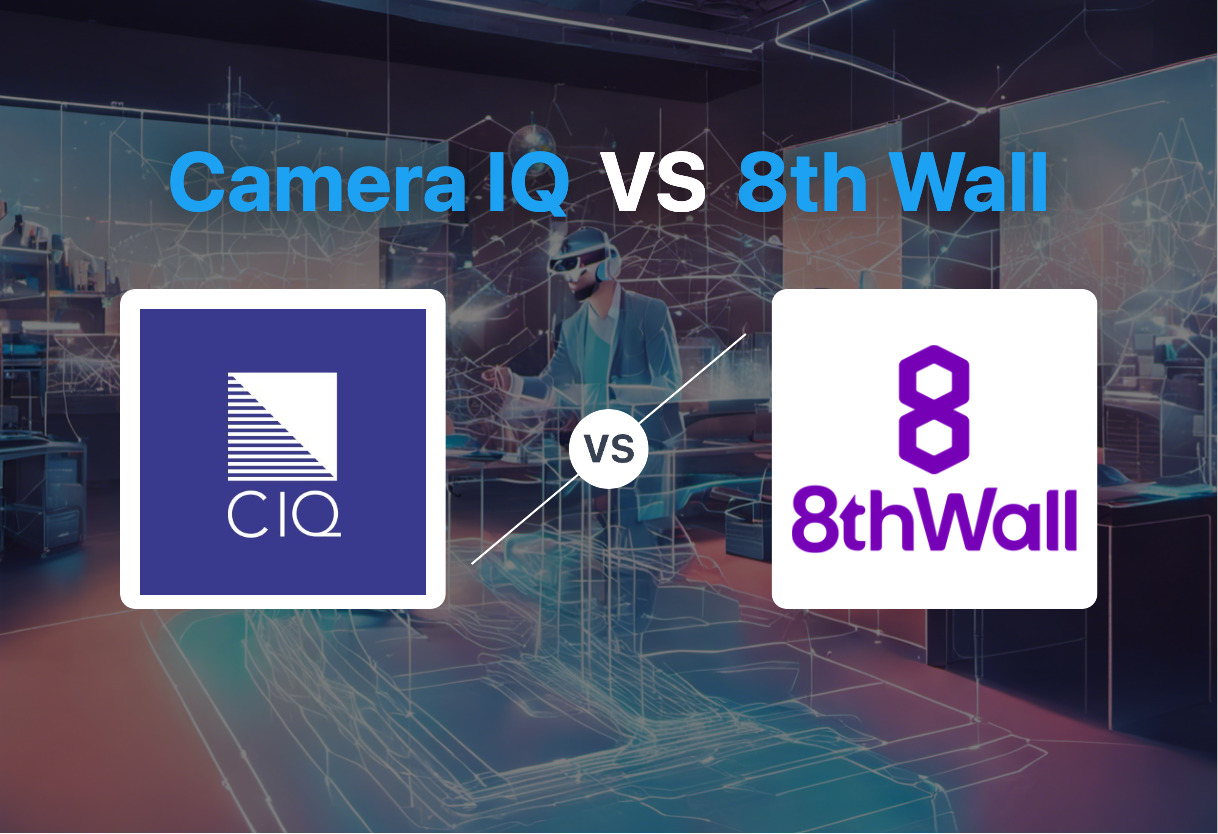
| Comparison | Camera IQ | 8th Wall |
|---|---|---|
| AR Development Support | Support for AR effects within platforms like TikTok, Facebook, Instagram, Snapchat. | Interactive, web-based AR development platform; no app required. |
| Usage and Performance Measurement | Proprietary analytics track performance and virality, adopted by prominent companies. | Platform powered over 2000 commercial experiences in first full year. |
| Creation Features | 3D tools, real-time previews. Simplified AR creation process. | Tools like AR Engine, Cloud Editor. Offers 6-DoF Tracking, Lighting/Surface Estimation, Image Target Tracking. |
| Influence on sales and marketing | $14m funding towards sales, marketing, product development. | WebAR activations show business value. Lift in purchases detected. |
| Industry Focus | Music, beauty, media, gaming industries. Shift from advertising to immersive brand experiences. | Accessible for diverse sectors. |
| Product Offerings | AR experiences using Virtual Try-On Composer. Customizable AR experiences ensured. | Cloud-based coding with push-button publishing, extensive product customization options. |
| Trends and Future Prospects | 75% consumers engaged in AR daily. Funding increase for expansion of distribution platforms. | Hand tracking feature for increased interactivity. Acquired by Niantic in 2022. |
| Compatibility with other platforms or technologies | Integration ratings/reviews available for enterprise and developers. | Compatible across iOS, Android, computers, AR/VR headsets. Compatible with several web technologies for AR creation. |
What Is Camera IQ and Who’s It For?
An AR development platform, Camera IQ revolutionizes marketing engagement by offering brands magical AR effects within prominent social media channels. It’s a game-changer for those wishing to drive their brand engagement through the roof, particularly industries like music, beauty, media, and gaming. The platform is perfect for groundbreakers exploring AR for interactive shopping experiences and virtual product try-ons.
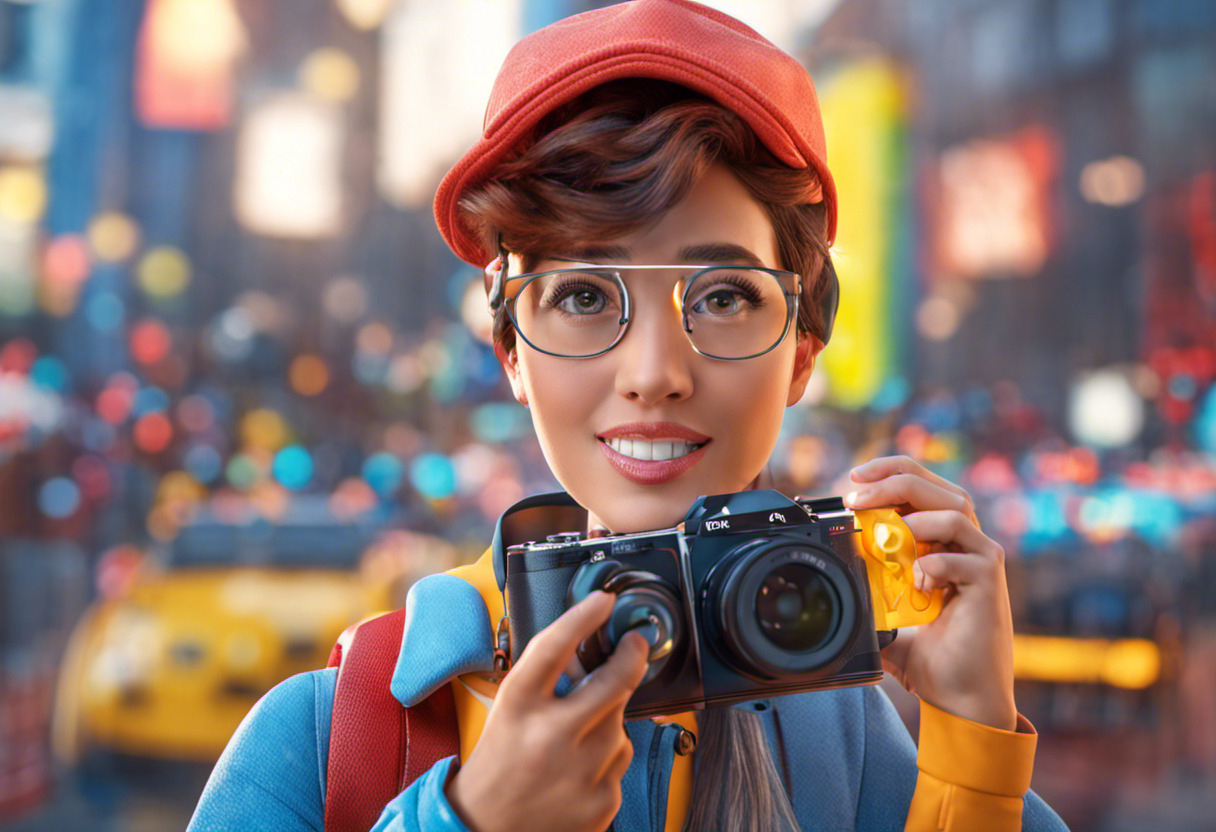
Pros of Camera IQ
- Offers AR effects support within TikTok’s Effect House
- Proprietary analytics track performance and virality
- Facilitates creation of templated AR experiences across platforms
Cons of Camera IQ
- Requires growth acceleration and market targeting
- Comparatively complex for non-tech savvy users
What Is 8th Wall and Who’s It For?
Jump-starting the AR revolution, 8th Wall, a product of Niantic Inc., champions the democratization of augmented reality. Designed for developers with a knack for JavaScript, WebGL and HTML5, 8th Wall is a groundbreaking AR developer platform and computer vision technology stack. It creates awe-inspiring, web-based AR (WebAR) experiences accessible by over 5 billion smartphones globally – no app required.
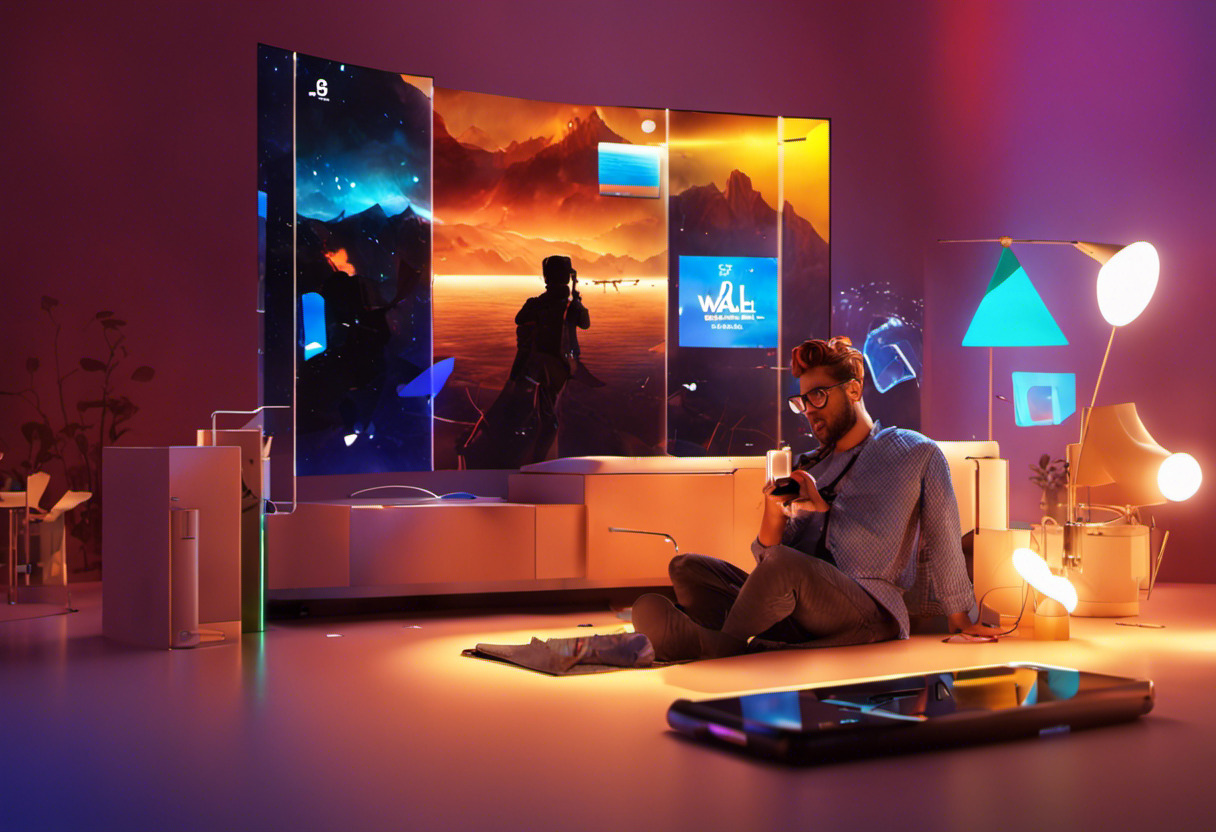
Pros of 8th Wall
- Supports AR experiences accessible by billions of smartphones
- Introduces new features like hand tracking for improved interactivity
- Cloud Editor enhances development of WebAR and WebVR development
Cons of 8th Wall
- Requires understanding of web technologies for creating AR experiences
- High cost for commercial license
Camera IQ vs 8th Wall: Pricing
While Camera IQ’s financial focus leans towards sustained investments for product enhancement and extending distribution platforms, the pricing details are not explicitly stated. 8th Wall, however, boasts a clear pricing structure that exceeds $2000 USD per month for a commercial license.
Camera IQ
Camera IQ’s financial strategy revolves around securing investments for advancing product capabilities and expanding distribution mediums, with funding exceeding $14 million. The technology provider has not disclosed explicit pricing information.
8th Wall
As a technology emphasizing accessibility, 8th Wall provides a commercial license at a rate surpassing $2000 USD per month. Its contrasting counterpart ‘AR Code’ offers a bundled pricing plan that’s portrayed as more economically feasible.
Decoding the Duel: Camera IQ vs 8th Wall
As the curtain falls, the decision to make is Camera IQ or 8th Wall? Here’s the technical verdict straight from the bench.
Brands Seeking Social Media Engagement
Whetting the social media appetite? Camera IQ emerges as the optimal choice, offering superior AR effects across all major platforms. With a 250% potential surge in conversion rates and compelling use cases like Cartoon Network’s ‘Garnet Glasses’, Camera IQ democratises AR creation, pushing brand engagement to the forefront.

Tech-savvy Developers
For those entrenched in the trenches of development, 8th Wall presents as the compelling candidate. Grounded in WebGL and JavaScript, and propelled by Erik Murphy-Chutorian’s expertise, this platform offers value through bold features like 36 attachment points hand tracking and a robust SLAM engine.

Brands Eyeing Self-expressive AR
Camera IQ’s Virtual Try-On Composer revolutionises the retail experience. With no coding required and pre-existing AR templates, it allows brands to let customers co-create, building a more immersive and personal shopping experience. The abandon basket gets a makeover with Camera IQ.

WebAR Implementers
If you’re embracing the power of the web in your AR journey, 8th Wall is your stalwart companion. With its cutting-edge AR QR Codes and accessibility across over 5 billion smartphones, WebAR experiences are built with precision, performance, and panache. Get ready, the web is your canvas.
Unsheathing AR’s power entails choosing the right platform. Camera IQ, while perfect for brand engagement on social media and consumer co-creation, still needs to flesh out its developer support. In comparison, 8th Wall, though robust for developers and WebAR implementations, can’t match Camera IQ’s massive social footprint. Choose wisely, the AR erstwhile.
Logan Bellbrook
Content writer @ Aircada with a knack for nature & AR/VR/XR. Blogging the intersection of tech & terrain.



